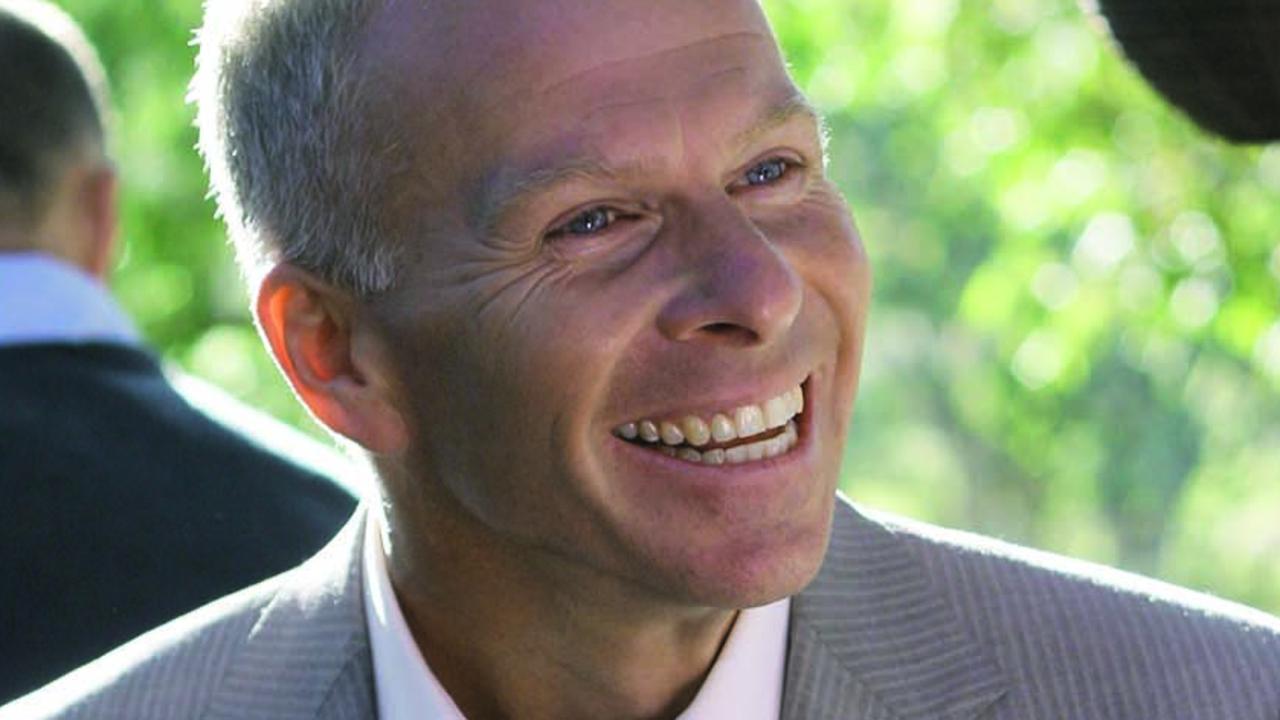Mount Isa homes 'contaminated'
MORE than 900 homes in Mount Isa may have been built on land contaminated by mining slag from the central Queensland town's mine.
MORE than 900 homes in Mount Isa may have been built on land contaminated by mining slag from the central Queensland town's mine.
Preliminary soil testing, conducted by Macquarie University scientists, has found that pockets of the suburb of Soldiers Hill - where children have recently shown dangerously high blood-lead levels - have recorded lead contamination five times the legal limit.
The tests, which will be finalised this week, have opened up a new avenue for legal action against the mine's owner Xstrata, as well as the Queensland Government and city council. A test case was filed last month in Brisbane's Supreme Court over lead poisoning of a six-year-old girl in Mount Isa.
Queensland Health will this Thursday hold a public forum to release the final report of a blood-screening program. A preliminary report found that 11 per cent of the 400 children tested had blood-lead levels above the safe limit set by the World Health Organisation.
One of the children tested was Sharnelle Seeto's two-year-old daughter, Bethany Sanders, who will figure in legal action to come.
Ordered in late 2006 after The Australian revealed evidence of metal contamination of soils and water, the study shows at least 45 children have lead-blood levels that could damage intellectual and behavioural development.
The Queensland Government this year moved to repeal exemptions to environmental standards granted to the Mount Isa hardrock mine and smelters by the Bjelke-Petersen government. But the report into the blood screening by the Queensland Government - which is a respondent in the test case - is unlikely to lay blame exclusively with Xstrata, the mine's Swiss owner.
Queensland Health's John Piispanen said the report was not concerned with the "blame concept". "The evidence we have found is to guide future long-term serious action in Mount Isa on lead - that was our scope," he said. "Lead comes from a wide variety of sources and there is some obvious stuff whether it is historical mining activity, current mining activity or from highly-mineralised soils."
But solicitor Damian Scattini, of law firm Slater & Gordon, feared there would be the same sort of inaction that followed a 1992 blood-screening program that also found high lead levels among more than a third of the town's children.
Mr Scattini said the mine, the state government and city council had done little since evidence of widespread contamination was first confirmed in 1990. At that time, a church, childcare centre and kindergarten were closed and 50 houses moved because of heavy-metal contamination.
Documents obtained by The Australian show that the government suspected in 1990 that large tracts of suburbs were built on contaminated land.
Mr Scattini said he planned to launch legal action on behalf of residents whose homes are likely to have been built on the top of land fill provided by the mine.
Other sources of the contamination are believed to have come from dust that blew off the mines's slag heaps and from the discharge of tailings into the region's rivers.
"If the tests confirm what we expect them to show - that the land is contaminated with lead and other heavy metals - we will be suing the responsible parties," Mr Scattini said.
Xstrata Copper North Queensland chief operating officer Steve de Kruijff last month said the company took the issue of "lead management" seriously and was working closely with the community and authorities.



